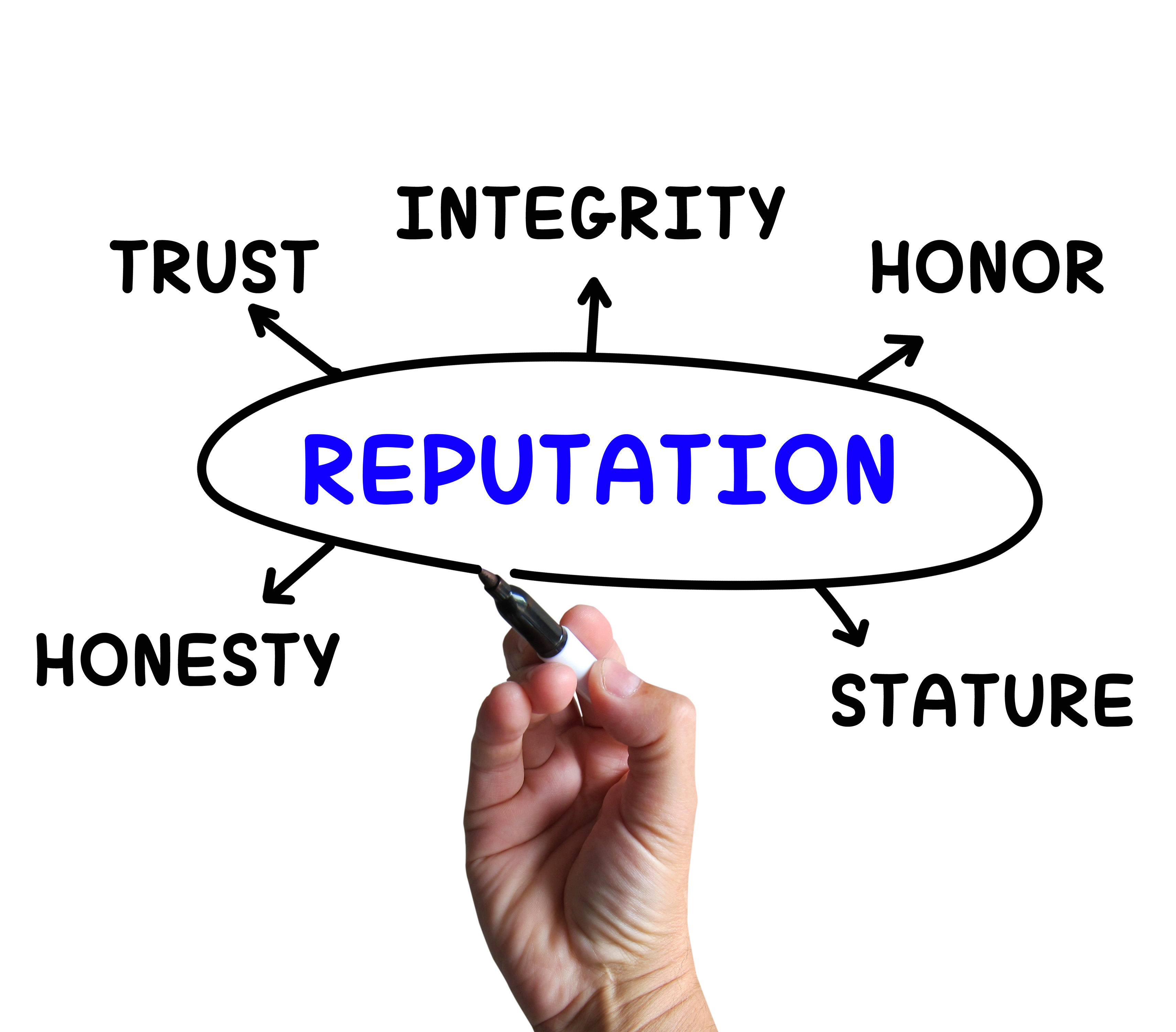Companies spend extravagant amounts of money to market and promote their name brand through all kinds of advertisements. Hundreds of Billions of dollars are spent every year worldwide to market their goods and services and most importantly their brand. However, it just takes one silly mistake, by one employee, to cost a company tons and tons of money, if that mistake is not resolved. Why in the world don’t companies invest enough in training their people, their most valuable asset in my view?
On one of my recent trips in the region, I witnessed one particular incident that had explosively unraveled into a drama in front of a big crowd of people, within just few seconds.
As I was heading to one of the car rental kiosks at the airport, one obvious customer caught my eye. From the way he was walking towards one of particular car rental agencies, I could tell he meant trouble. And within seconds, screaming, yelling, and shouting were being heard throughout the entire airport. What made that drama even worse, is the car rental agent himself. Sadly, he mistakenly reciprocated with the same intensity of screaming back at the customer. For a few minutes, all we could see is a screaming match taking place between a customer and a company representative. And, bingo!!! The perfect recipe for destroying the reputation of a company that is well known worldwide, in all 5 continents, is being unfolded right before all eyes. It was so bad, that some people who were waiting in the queue, simply moved away and lined up at another car rental kiosk. You could just see how the “money odometer” for that car rental agency is now running in reverse…poofffff.
As I was watching that fiasco unravel right there and then, a very simple concept on how to deal with angry customers popped into mind. I was wondering all along if that particular representative, who is considered to be the face of the company and the ambassador of the brand, had ever been exposed to any training on how to handle angry customers. After all, we all make mistakes no matter how professional we might believe we are; no one is immune. But, how we handle mistakes, and most importantly how we deal with angry customers, is the secret of the trade. Employees can truly make or break a company’s reputation in seconds.
That concept for handling angry customers is the ‘ACRC’ concept. It is a very simple concept, and if applied appropriately, can make miracles for saving the day.
A: Acknowledge – first and foremost, the very first thing we need to do when an angry customer approaches us, as employees, is to acknowledge the complaint. All we have to do is to sincerely have eye contact and show empathy. All we need to do is just listen attentively to what the customer is complaining about, letting the customer completely finish his or her story, take down some notes and just put ourselves in his or her shoes. This will, to the most part, diffuse a lot of anger.
C: Clarify – Next, we need to simply clarify what the customer is complaining about and just make the customer feel that we now understand his or her side of the story. This clarification step will most of the time neutralize the customer, and the anger level will surely drop tremendously.
R: Respond – This is now where we come into the picture. Now, it’s our turn, as employees, to say what we need to say. See, most of the time, we simply skip the ‘A’ and ‘C’ stages, jump straight into ‘replying’, and end up adding oil to the fire. Whether we have a solution to the problem or not, it is imperative that we don’t skip the first 2 parts of the ‘ACRC’ concept, as this will only aggravate the situation.
C: Check – Last but not least, we need to check and make sure that the customer understands what is to follow from here on. Being on the same page with the customer is very important, otherwise, we’re going back to square one. One important note I would like to mention here is the following: If you do have a solution to the problem, please don’t hold back from offering that solution. Solving the customer’s problem and offering a genuine solution, will win you loyalty 3 times more than not having any problems whatsoever with any customers. So, we should take advantage of the fact that we have an unsatisfied customer because this would be our real opportunity to build loyalty. Don’t see unsatisfied customers as problems, but rather, capitalize on such an opportunity and win that customer back.
No matter what the issue is, no matter how angry and unsatisfied the customer is, and no matter what your position is in any company, it is our duty, as representatives of any company to just take ownership of the problem, right there and then, and just try our best to saving face. The least we can do is to persuade the angry customer away from others.
Those who’ve been through proper training and coaching would realize and truly understand the repercussions one unsatisfied customer can have on the entire company. The cost of losing one customer can really be shocking. Back in the late 80s and early 90s, it was estimated that one dissatisfied customer would tell 11 people, and through a simple mathematical equation, the total cost from losing that one unsatisfied customer was estimated to accumulate to a staggering $44,200 per year in lost sales.
In today’s world, with the explosion of all kinds of social media, I am pretty confident that more than 11 people would end up knowing about any unresolved incident. The rest is for you to just imagine what the repercussions could be.





2 comments